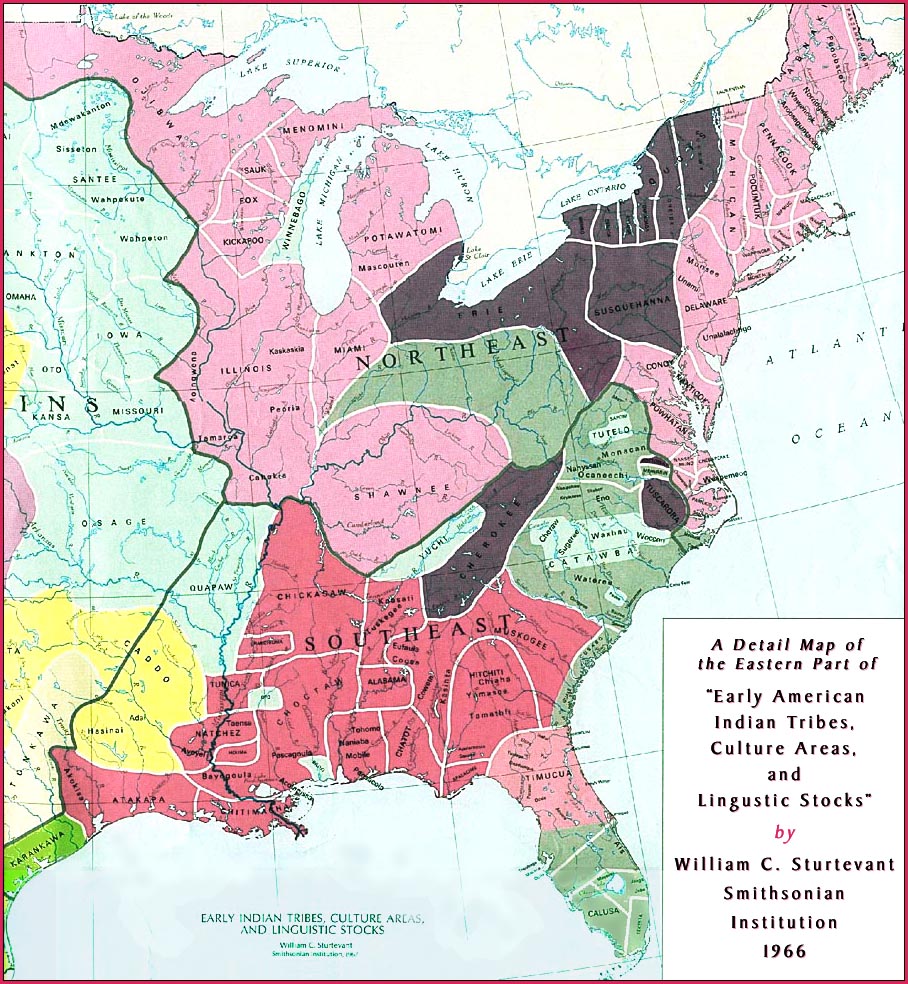“We were like, geez . . . what the hell is going on here?” Lowery said.
Another site, 10 miles south, Oyster Cove, yielded more Stone Age artifacts. Those too, came out of soil more than 21,000 years old.
Lowery published the finds in 2010 in Quaternary Science Reviews, but the report made nary a ripple in the conservative world of archaeology, where new ideas tend to progress at a glacial pace. “People are going to think we’ve clearly gone off our rocker here,” Lowery remembers musing.
One problem: The ancient dates came from the soil, not the artifacts themselves.
“It’s an indirect date,” Dillehay said. “You need a feature like a hearth or something that’s clearly human. But it’s still suggestive.”
In 2008, Lowery toured a tiny museum on Gwynn’s Island, Va., at the southern end of the Chesapeake. He asked the curator if the museum had any stone tools. They did: The eight-inch blade, displayed next to a bit of mastodon tusk and a molar, recovered by the Cinmar.
Lowery immediately called Stanford. “He got real excited,” Lowery said.
Lowery also contacted the Cinmar’s captain, Thurston Shawn. The tusk and blade were so unusual that Shawn had made a point of marking the spot on his charts. It was 60 miles east of the Virginia cape, in 240 feet of water. At the end of the last ice age, when the oceans were low, that spot was land, on the coast.
Stanford carbon-dated the mastodon to 22,760 years old. He and Bradley — two of the world’s foremost stone tool experts — also scrutinized the blade. It had not been smoothed by wave action or tumbling. They concluded the blade had not been pushed out to sea but had been buried where the Cinmar found it.
“My guess is the blade was used to butcher the mastodon,” Stanford said. “I’m almost positive.”
But some question the meaning of the find.
“I’m not going to hang a completely novel interpretation of the peopling of the Americas from something dredged off the sea bottom 40 years ago and not properly documented,” said
David Meltzer, an archaeologist at Southern Methodist University.
Stone tools recovered from two other mid-Atlantic sites — Cactus Hills, Va., 45 miles south of Richmond, and Meadowcroft Rockshelter, in southern Pennsylvania — date to at least 16,000 years ago. Those tools, too, strongly resemble blades found in Europe.
Little is known about the Solutrean people. They lived in Spain, Portugal and southern France beginning about 25,000 years ago. No skeletons have been found, so no DNA is available to study.
But the Solutreans did leave behind rock art, which showed a diamond-shaped flat fish in delicate black etchings. It looks like a halibut. A seal also appears, an arrow-headed line stabbing through it.
Graphic
Who were the first Americans?
Stanford contends that the art proves that the Salutreans built boats — halibut are deep-sea fish — and knew how to survive at the edge of an ice cap that drooped deep into Europe.
“The reason people don’t like the Solutrean idea is the ocean,” he said. No Solutrean boats have been found. But given that people arrived in Australia some 60,000 years ago — and they didn’t walk there — wood-frame and seal-skin boats were clearly possible, Stanford argues.
His idea faces another challenge: At the end of the last ice age, the polar ice cap may not have extended all the way across the Atlantic, leaving iceberg-strewn gaps of open water for the Solutreans to navigate as they headed West for unknown reasons.
Meltzer is among those still skeptical of the Solutrean hypothesis, citing the scant evidence. “If Solutrean boat people washed up on our shores, they suffered cultural amnesia, genetic amnesia, dental amnesia, linguistic amnesia and skeletal amnesia. Basically, all of the signals are pointing to Asia” as the origin of the first Americans.
Since the 1930s, archaeologists have favored a single migration from Siberia to Alaska as the epic event that peopled the Americas about 13,000 years ago. Stone tools found at Clovis, N.M., and elsewhere, suggested that a single culture spread across much of the continent. This “Clovis first” idea became entrenched.
But starting in the 1990s, archaeologists dated sites in Texas, Chile and the mid-Atlantic region to pre-Clovis times. Few archaeologists accepted those dates at first, said Michael Collins, an archaeologist at Texas State.
“People learned it in college and built careers on ‘Clovis first,’ ” Collins said. “They’re unwilling to turn it loose.”
But now they might have to adopt Stanford’s Europe-first slogan: “Iberia, not Siberia.”
However, Stanford acknowledges that his evidence is scant. He calls the Solutrean hypothesis “a skeletal idea.” And he worries that a rising sea might have washed away compelling evidence.
Later this spring, Stanford plans to take a boat to the Cinmar site, where he will dredge for more clues to an ice-age journey that just might have been the first voyage to America.


















